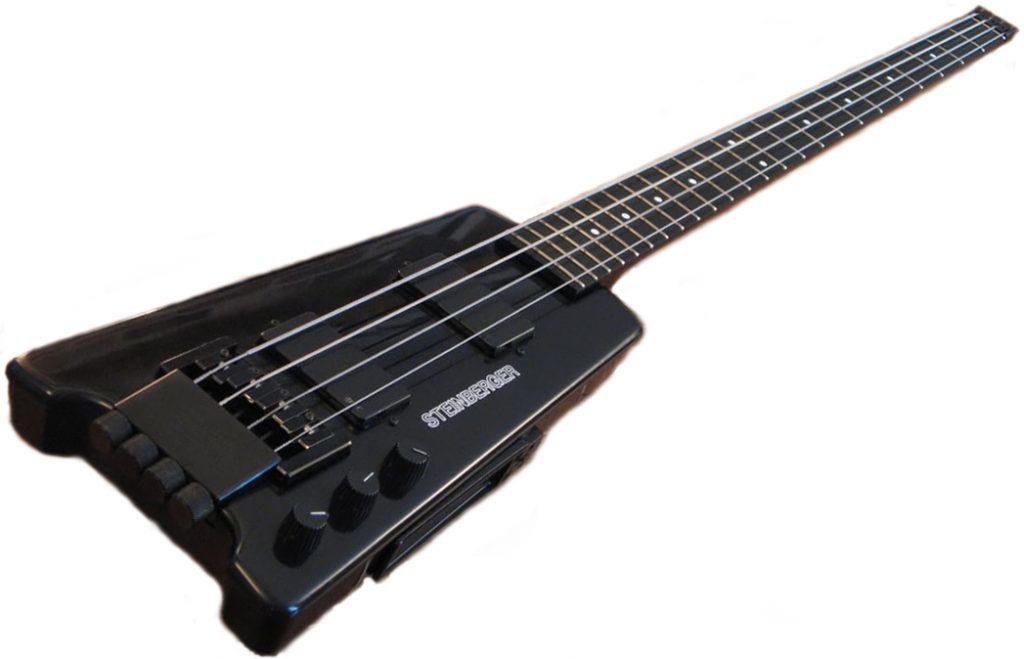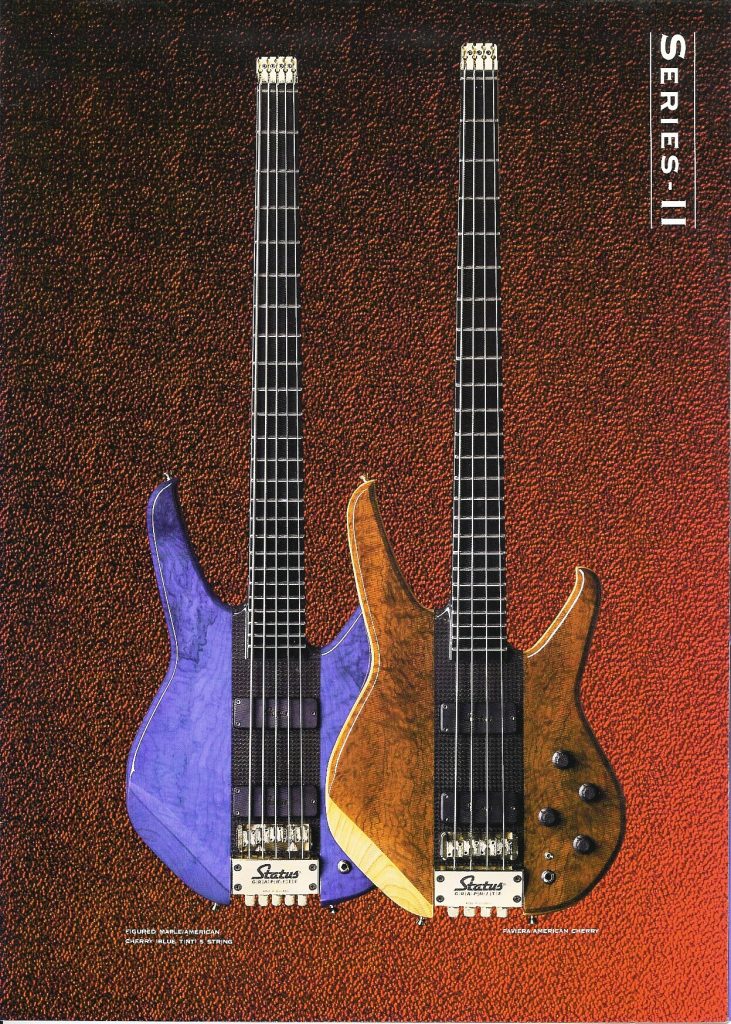Steinberger, the headstock is gone!
When it appeared in 1979 it raised some bewilderment for the shape and the materials with which it was built, it certainly brought an innovative wave in the world of bass and electric solid body instrument making, which had not been experienced since Leo Fender’s days.
It presented itself as a single block with the body and the neck in graphite, reduced in size and light in weight, squared, with the neck without the headstock (headless) and with the tuning system mounted directly on the bridge. To complete the modernity also at the heart of the sound, it mounted a pair of EMG active pickups, which from that moment onwards began to be widespread.
The first to buy it was Tony Levin, but the bass player who first discovered he could no longer do without was Earl Falconer, the solid pulsating soul of the UB40.
At the end of the eighties the brilliant Ned Steinberger created Q4, a bass with a more conventional body shape, a bridge, the DB-Tuner, capable of changing the intonation of the 4th string with the simple action of a lever from the low E to a note between Eb and B.
he ideas of using graphite, of abolishing the headstock and applying mechanics to the bridge were quite successful and inspired many manufacturers such as the American Kramer and Kubicki, the German Warwick and Hohner, the Korean Cort (which, together with Hohner, legally produced real wooden replicas of Steinberger).
Among the basses belonging to this typology, the English luthier Rob Green of Status proposed the Series II (4 and 5 strings): neck-through body graphite neck and wooden body wings.



